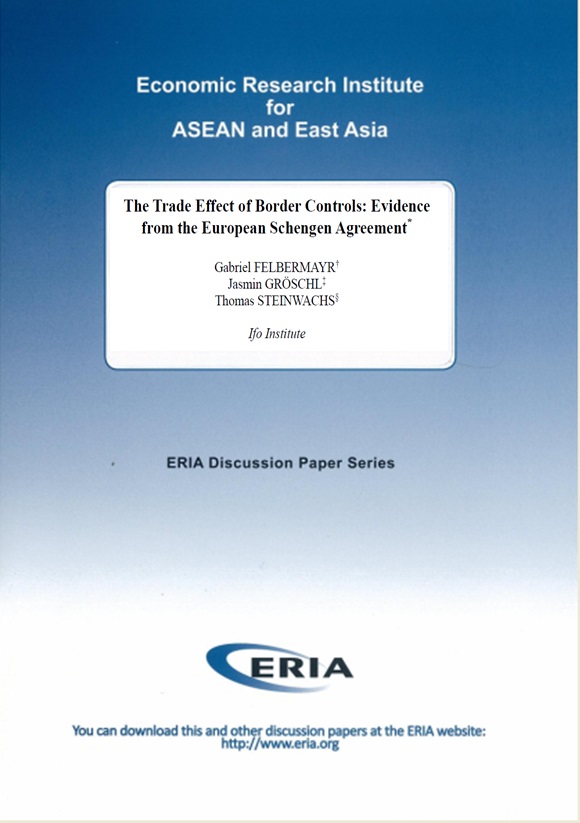The Trade Effects of Border Controls: Evidence from the European Schengen Agreement

Print Article:
The Schengen Agreement is an important milestone in the European integration process. The purpose is to facilitate the flow of goods, services, and persons across intra-European borders. How successful is it in achieving this goal? We apply an econometric gravity analysis to bilateral trade. Unlike earlier analysis, we acknowledge that Schengen treats different country pairs differently, depending on their relative geographical location. Moreover, we find it crucial to carefully control for other elements of European integration such as membership in the customs union, the single market or the currency union, and to factor in countries' trade with themselves. Schengen has boosted trade by about 2.81% on average, on top of the EU's trade effects (equivalent to a drop in tariffs between 0.46 and 1.02 percentage points). Trade creation effects for services are stronger than for goods, but estimates feature larger parameter uncertainty. Peripheral countries benefit more than central ones. Other aspects of EU integration matter much more for trade than Schengen.




